Plastic packaging has long been a staple in our daily lives, but its environmental repercussions are becoming increasingly evident. From polluting oceans to endangering wildlife, the negative impacts of single-use plastics are undeniable.
In response, a growing movement towards sustainable alternatives is gaining momentum. People are starting to use other packaging materials that are not as harmful to the environment as plastics. It also helps conserve the limited natural resources that we have.
In this AIC Insight, we present 10 innovative solutions that are leading the way toward a plastic-free future.
1. Paper Packaging
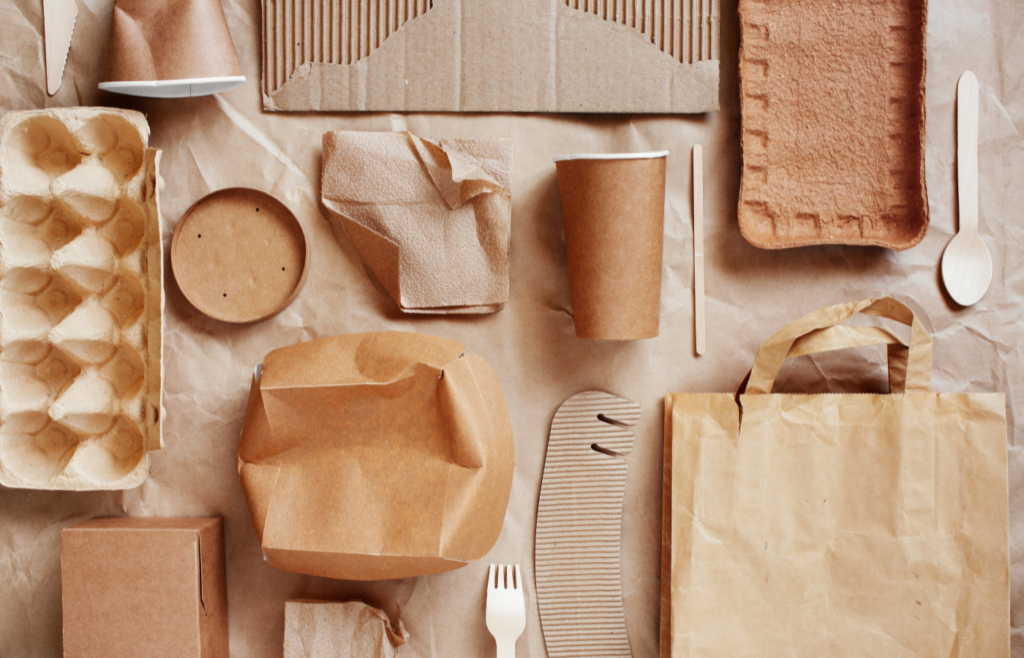
Paper packaging is a versatile and eco-friendly substitute for plastic, with applications ranging from boxes to bags. It is recyclable and biodegradable, making it a popular choice for environmentally conscious consumers.
2. Glass Packaging

Glass is a robust and sustainable alternative to plastic bottle packaging, with 100% recyclability without any loss in quality. Its transparent nature adds to its visual appeal, making it suitable for food and beverages.
3. Metal Packaging

Metal packaging, including aluminium and steel, ensures durability and preserves product freshness. It is infinitely recyclable and resistant to high temperatures, making it suitable for various food products.
4. Biodegradable Packaging
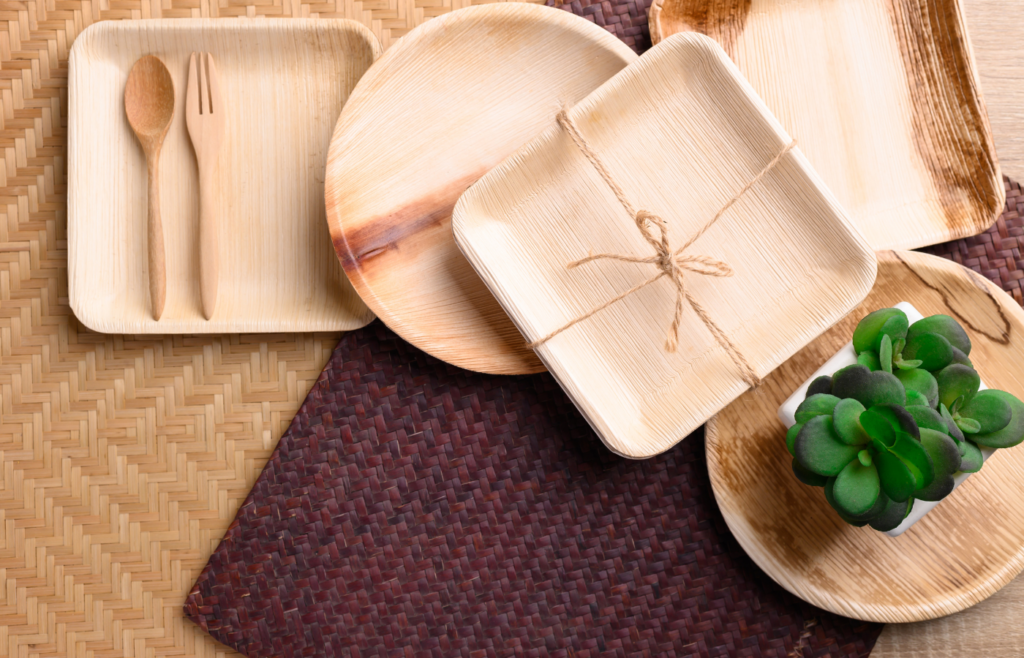
Biodegradable packaging materials naturally decompose, reducing their environmental impact. They are sourced from plant starches or sugarcane and are an excellent alternative to single-use plastic packaging items like cutlery and plates.
5. Plant-Based Packaging

Plant-based plastics, also known as bioplastics, are made from renewable resources like cornstarch or sugarcane. They imitate traditional plastics but have a smaller carbon footprint, making them a popular choice for food packaging.
6. Cloth and Fabric Packaging
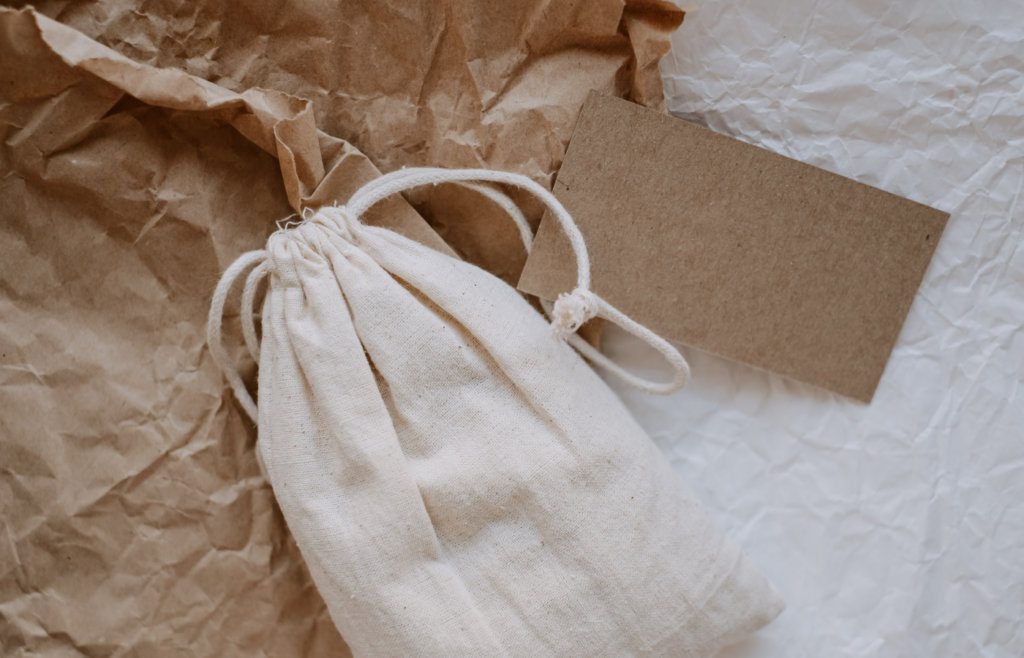
Cloth and fabric packaging offers a reusable and stylish replacement for plastic bags. These materials are not only eco-friendly but also customizable, making them favoured choices for boutique stores and eco-conscious shoppers.
7. Compostable Plastics
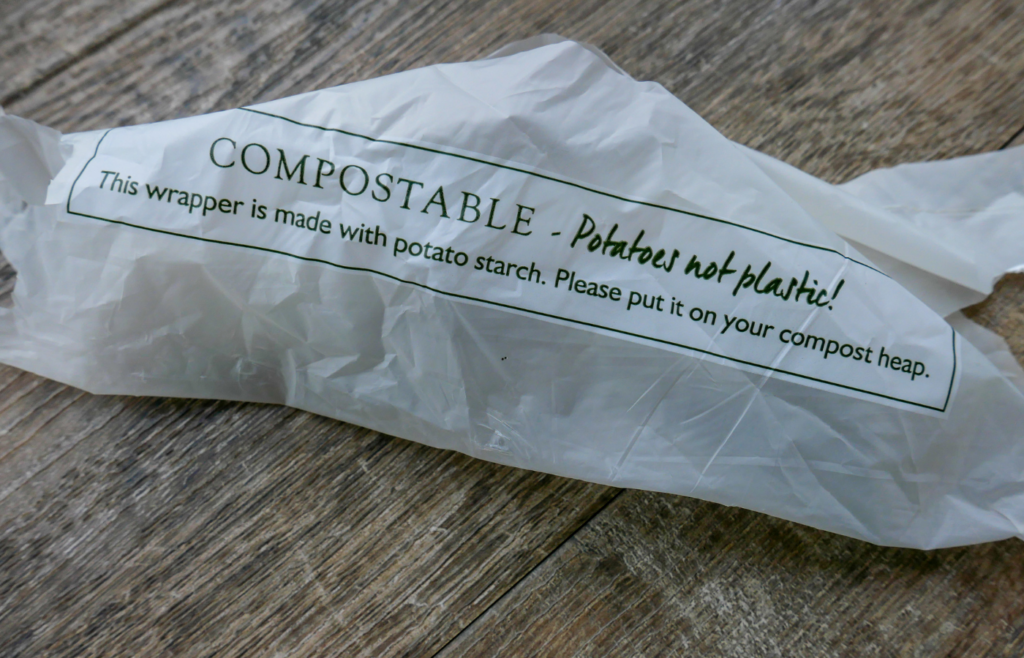
Compostable plastics are made from materials like bagasse, a byproduct of sugarcane processing. They are biodegradable and compostable, making them a sustainable alternative to single-use plastic tableware and utensils.
8. Cardboard and Carton Packaging
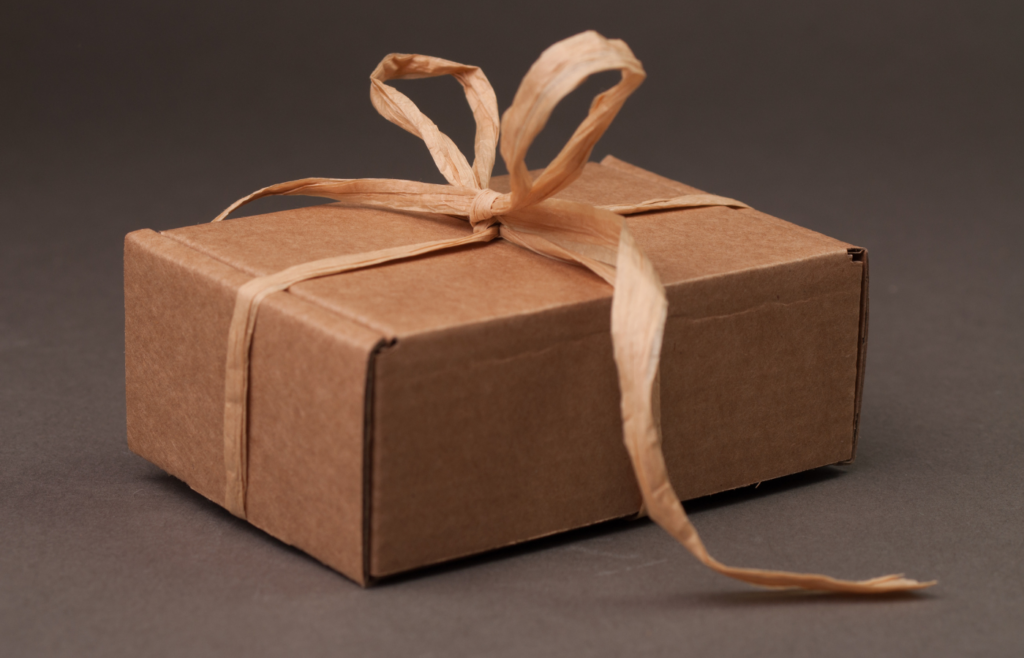
Cardboard and carton packaging are classic and eco-friendly alternatives to plastic. They are easily recyclable and biodegradable, making them suitable for packaging cereals, beverages, and electronic devices.
9. Jute and Hemp Packaging
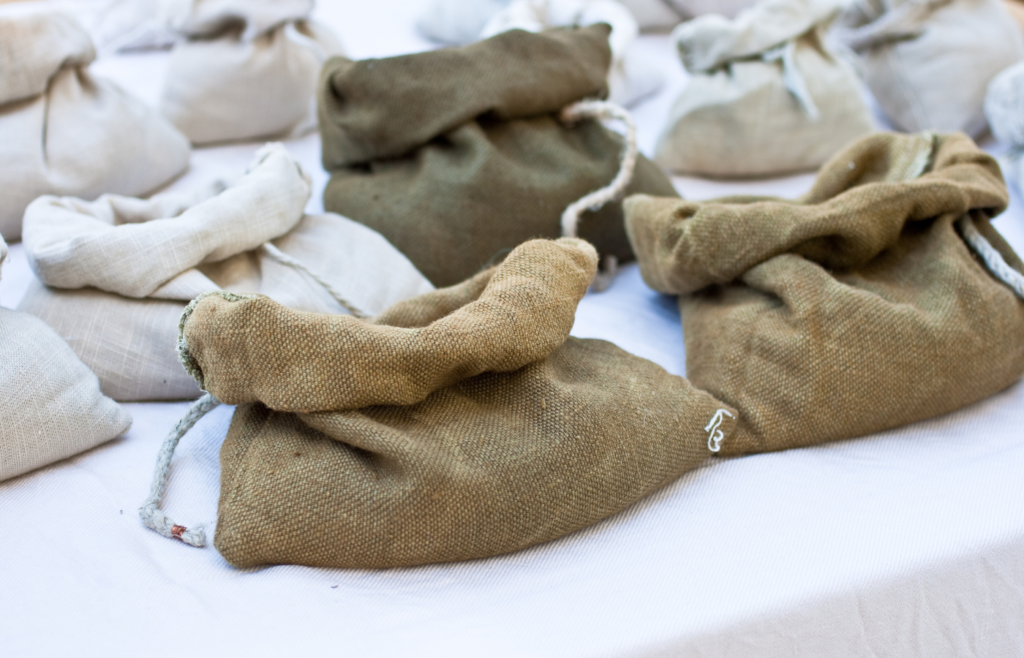
Jute and hemp packaging are natural fibres that are robust, durable, and biodegradable. They are widely used for bags, sacks, and clothing, offering sustainable alternatives to plastic packaging.
10. Mushroom Packaging
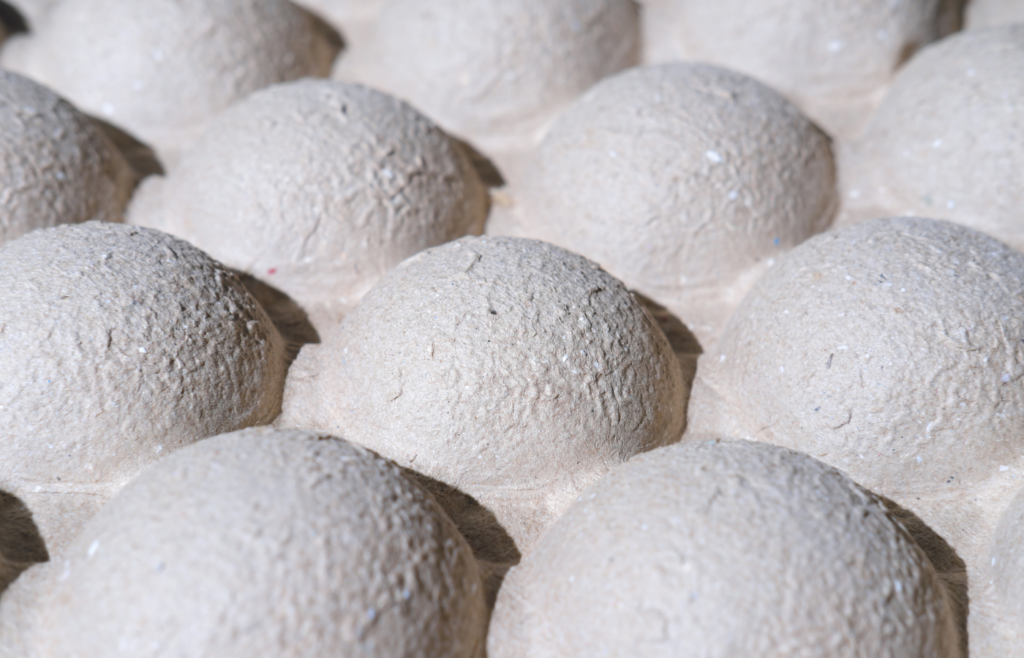
Mushroom packaging, or mycelium packaging, is formed using fungal mycelium and agricultural waste. It is natural, biodegradable, and compostable, making it a sustainable choice for protective packaging.
Finding Ways to Solve the Plastic Pollution Crisis
From plant-based bioplastics to aluminium packaging, innovative solutions are emerging to address the challenges of single-use plastics.
By embracing these alternatives, we can pave the way toward a greener future, where packaging materials are renewable, biodegradable, and environmentally responsible. Through collective action and innovation, we can turn the tide on plastic pollution and build a more sustainable world for future generations.
As we continue to face the environmental consequences of plastic pollution, there has never been a more important time to find sustainable alternatives to plastics than now.
For more news & insights, stay tuned to the AIC website.

